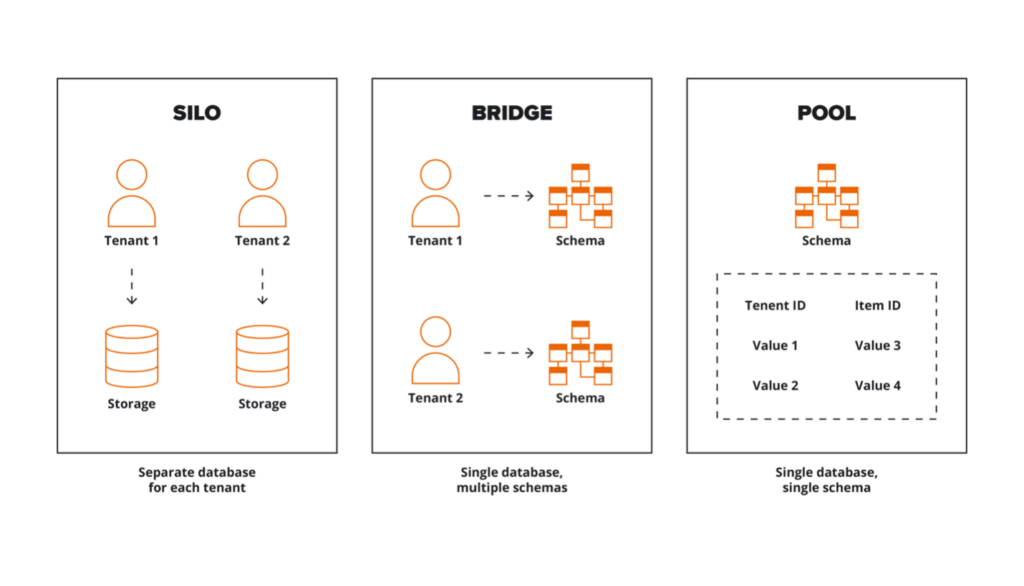
A well-defined data protection plan is necessary for businesses to maintain continuity and ensure the safety of sensitive data.
Modern organizations create and store unprecedented amounts of data in day-to-day operations—much of which is sensitive and must be secured. In many cases, data loss is paramount to revenue loss. By working with an IT partner that provides managed database solutions, companies can identify and implement the best storage solution to keep data secure and accessible.
Data protection is securing sensitive data from various threats, including physical damage to hardware, security breaches, theft, malware attacks, and natural disasters. Data protection can be divided into four categories:
- Security.
- Availability and recovery.
- Faster onboarding and deployment.
- Access.
Many organizations do well in one or two of these areas, but companies risk data loss without thoughtful strategies.
Database models
For many years, databases were locked into a silo model, meaning access was only available to certain members of a department or organization. However, the widespread adoption of cloud computing means that organizations are much more likely to deploy a pool model—in which users share data—or a bridge model, a hybrid of the two.
While shared data has dramatically increased the efficiency of modern enterprises, it has also increased the complexity of security measures that must be in place to keep data safe and secure.

Creating a data protection plan
There are a few critical steps to protecting your organization’s cloud data.
Assess risks and sensitive data
Before enacting new data protection protocols, review your current data management. What types of data does your company interact with? How is it currently stored? How do users gain access? After achieving a clearer picture of organizational data flow, categorize your data’s sensitivity levels from the highest risk to the lowest.
Next, you will want to identify the most urgent threats to your company’s data. Each company will have risks specific to its business model. However, ransomware is a prevalent risk for businesses of all sizes. But natural disasters, accidental data leaks, theft, and vandalism are all threats to data and business continuity that a company must plan for.
Create a security strategy
Once your team has identified the most pressing data risks, you can create measures to secure data. End-to-end encryption, advanced threat detection, AI-enhanced malware protection, automated backups, and Disaster Recovery as a Service (DRaaS) are all pieces of the cloud data protection puzzle. However, for a security plan to be successful, it must unite these elements and more into a cohesive solution.
Setup compliance management
Data compliance from the government and other regulatory bodies is becoming increasingly common across industries. Many businesses must follow mandated data protection or risk fines or loss of licensure. However, companies not required to follow industry-specific security guidelines can use compliance regulations to secure their digital estates.
Learn more: Boost efficiency, cut costs, and improve security with managed databases
Cloud data protection solutions from CBTS
Managed databases
According to Gartner, 75% of all databases will be cloud-based by the end of 2023. The case for choosing a managed database solution is strong, with benefits including:
- Reduced IT burden.
- Boost efficiency through shared data.
- Improved security.
- Cost efficiency.
- High database availability.
Selecting a managed database provider addresses all the previously discussed data protection and security concerns. In addition, you shift the data management, oversight, and security responsibility from your IT team to the database provider.
CBTS assists with migrating databases to the Cloud, as well as subsequent management, security, data protection, and support. Managed database customers also enjoy the following:
- Updates and patch management.
- Access to the expertise of certified database managers.
- End-to-end data encryption.
- Multiple locational redundancies.
DRaaS
If databases are the medium of creating a backup, Disaster Recovery as a Service systems are how those backups are used to restore lost data and renew normal operations. Some managed database solutions, such as Microsoft Azure, have built-in DR systems. However, no matter your chosen database system, CBTS can help seamlessly implement disaster recovery protocols and procedures based on your specified recovery time objective (RTO) and recovery point objectives (RPO).
Learn more: Seven tips and tricks to manage disaster recovery solutions for the Cloud
Testing and training
Untested cloud data protection systems are essentially worthless. The only way to ensure that a managed database and DRaaS tools function correctly is to test them at least once a year—ideally, every quarter. Seasoned backup professionals can confirm the safety of your data through replicable, highly secured testing with no interruption to normal operations.
Choosing a managed database and recovery partner
Once, magnetic tape backups were an accurate, if not painstakingly slow, method of data assurance. However, modern enterprises need maximum data accessibility and protection to ensure business continuity and avoid disruptions to cash flow.
Managed database solutions from CBTS are viable in many use cases, especially for clients dependent on aging legacy data centers or customers with complex compliance requirements. CBTS provides database and data recovery expertise, with many decades of experience managing on-premises and cloud databases. CBTS can aid your team with the assessment, migration security, compliance, and testing of your data. In addition, a CBTS-managed database provides cutting-edge architecture, advanced threat protection, and flexible DRaaS implementation.
To get started with protecting your sensitive cloud data, get in touch.




















